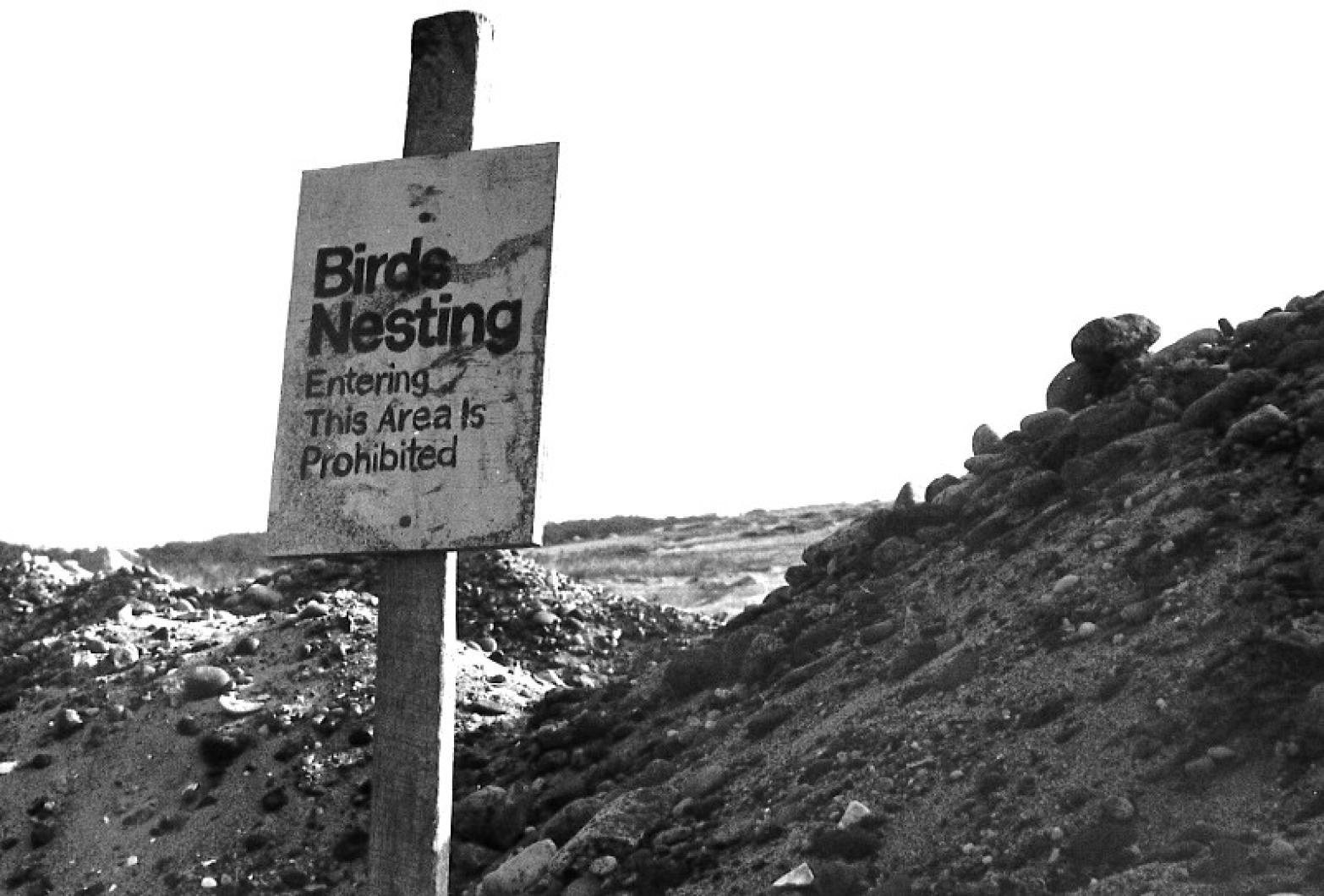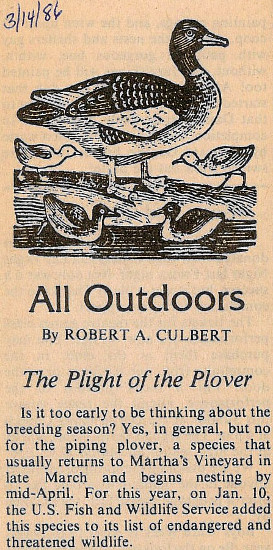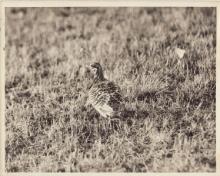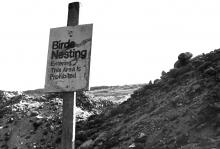Is it too early to be thinking about the breeding season? Yes, in general, but no for the piping plover, a species that usually returns to Martha’s Vineyard in late March and begins nesting by mid-April. For this year, on Jan. 10, the U.S. Fish and Wildlife Service added this species to its list of endangered and threatened wildlife.
This action was taken because of the nationwide declines in piping plover populations. In the Great Lakes region the decline has been so severe that there are now less than 20 pairs. That population has been declared endangered (in danger of extinction). There are an estimated 900 pairs of piping plovers nesting along the Atlantic Coast from the Maritime Provinces of Canada south to North Carolina. This larger population is now considered threatened.
About 130 pairs of piping plovers were found nesting in Massachusetts in 1985, mostly in the Cape and Island area. No other state has more nesting plovers than Massachusetts. Historically, they were considered to be a common breeding species, but we will never know just how many of them there were. The magnitude of the Massachusetts decline can be inferred from Long Island, N.Y., where the population fell from 500 pairs in 1930s to the present 100 pairs.
For Martha’s Vineyard there is no historical data concerning the abundance of piping plovers, but they were considered to be common along the beaches, where they are found.
The piping plover population of Chappaquiddick has been monitored yearly by the Trustees of the Reservations since 1973. That population has fluctuated from one to six breeding pairs without any discernible patterns. In 1985, only one pair nested on Chappaquiddick, equaling the lows set in 1985 and 1982.
We do not know how many plovers nest on Martha’s Vineyard. Eight pairs were found nesting in 1984, but only five pairs were found in 1985. These were only partial surveys, however, covering less than one quarter of the Island’s beaches.
Perhaps the most unfortunate discovery of these informal censuses has been their low nesting success. No young fledged in 1985 and only seven fledged in 1984. This is a considerably lower success rate than on Nantucket or Cape Cod.
Why do our piping plovers nest unsuccessfully? Two explanations are more likely than any others. These are human disturbances and predation. Plovers tend to nest on the open beach, well away from most vegetation. People, both sunbathers and four-wheel drivers, also tend to use this part of the beach. If the eggs are not crushed, people inadvertently near the nests (mere scrapes in the sand) may keep the adults away from the nests too long, thus frying the eggs in the hot sun and sand.
Skunks, gulls and probably crows are the major predators of plover eggs and chicks. Egg predation is the primary reason for nesting failures on Chappaquiddick. Both gulls and skunks have become much more common in the last 50 years, while plovers have declined.
It has already been noted that piping plovers usually return to the Vineyard in late March or early April. But not so last year; the first piping plover was not spotted until May 19. In a normal year the plovers should have already been nesting by then.
What will happen this year? We will soon find out, for the first of Martha’s Vineyard’s nesting birds to be listed under the Endangered Species Act should be returning shortly.









Comments